At their heart, Culturally Responsive Practices (CRP) are about teaching the way students learn. It is an unfortunate truth of being human that we are biased by our own experiences. As Mahzarin Banaji, a professor of social ethics at Harvard University says,
“The quickest way to define what implicit bias is [is] to say it is the thumbprint of the culture on your brain.”
For educators, this means our internalized notions of what good teaching looks like emerge from our own experience.
Our task then is to think outside of our own ways of knowing, being, and learning in order to meet the needs of our students and build on their cultural ways of knowing, being, and learning.
Hold up… let’s make sure we are on the same page. What do we mean by other ways of knowing, being, and learning? Jamila Lyiscott provides a powerful explanation (video).
Now let’s explore some of the ways we can expand our methods so that all students can exercise and grow their genius.
Culturally Responsive Instruction and Assessment
We are going to use four themes from the research literature on Culturally Responsive Pedagogies to look more closely at instruction and assessment:
- Be transparent and intentional about culture.
- Take an appreciative stance.
- Provide mirrors and windows.
- Educate about and for social justice.
Each theme will allow us to tease out culturally responsive practices and examples for consideration as you plan instruction and assessment.
1. Be transparent and intentional about culture
In her seminal book The Dreamkeepers, Gloria Ladson Billings noted, “All instruction is culturally responsive. The question is: to which culture is it currently oriented?”
Unless teachers are intentional, classrooms are likely to parallel the dominant culture. As institutions, schools have embedded and unquestioned structures (the “grammar of schooling”) that traditionally have not centered the needs and assets of students, especially students from historically marginalized populations.
Since most teachers experienced some form of traditional schooling, culturally responsive teachers often seek to look beyond their own experience. They constantly ask themselves “Whose ways of knowing am I centering? How might I incorporate different ways of knowing?”
It is a safe assumption that every classroom represents a range of learner types and dispositions at any given moment. And most youth cultures value novelty. The Education Alliance at Brown University’s site on culturally responsive teaching notes that “instruction is culturally mediated when it incorporates and integrates diverse ways of knowing, understanding, and representing information.”
Thus a hallmark of culturally responsive classrooms is variation in instructional format – independent work, small group learning, direct instruction, self-paced activities, student-directed workshops, whole group discussion, etc. These formats are not used willy-nilly, though. They are carefully chosen for purpose and embedded in routines. A good example is Team Quest at Crossett Brook Middle School in Duxbury, Vermont, who revamped their schedule to increase student voice and choice. The two-person team transformed their approach based on the perceived needs and input of their learners.
Cultural validity in assessment
Assessment validity refers to accuracy. Just like instruction, if the assessment process is a mismatch for a student’s culture, it’s not going to accurately measure what students know and can do.
Trumbull & Nelson-Barber explain it this way in their article The Ongoing Quest for Culturally-Responsive Assessment for Indigenous Students in the U.S.:
“Achieving cultural validity in assessment means, first, recognizing that tests and assessments are cultural artifacts and that the ways in which students respond to them are affected by their cultural knowledge and experiences. It means accounting for students’ cultural and linguistic backgrounds, epistemologies, educational experiences, communication styles, and socioeconomic situations in the processes of assessment development and implementation” (para 12).
The article includes an excellent list of research-based questions that teachers can ask themselves at each phase of the assessment process. The overarching idea here is intentionality. Teachers must keep culture at the forefront of their instruction and assessment practices. Otherwise they will default to their own acculturation and biases.
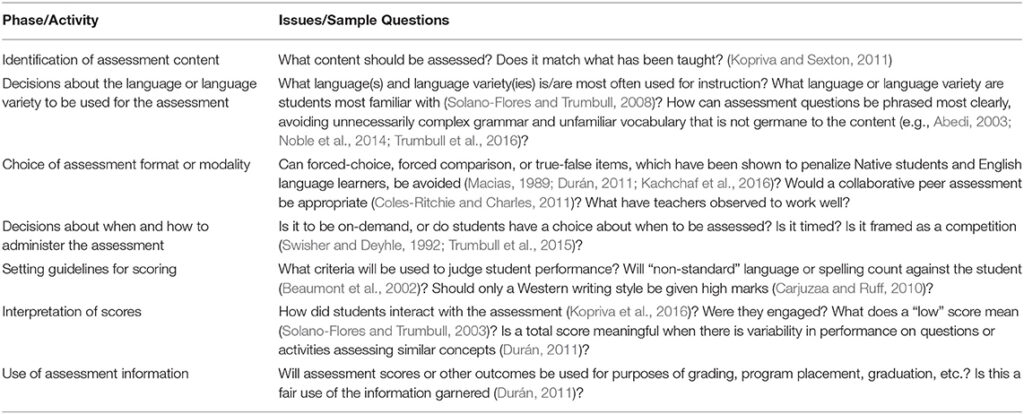
2. Take an appreciative stance
“You are good enough. I appreciate you and care for you unconditionally.” A teacher who carries and lives this sentiment embodies culturally responsive practices. These educators are what Lisa Delpit calls “warm demanders,” and they inspire young people to reach their full potential.
In an interview titled “Antiracist grading starts with you,” Cornelius Minor points to three harmful beliefs (what he calls “pernicious ideologies”) in assessment that get in the way of appreciating students.
- Should know – expectations and assumptions about what students should know and be able to do based on grade level
- Transactional gratitude – I’ll teach you as long as you are thankful for it
- Deservedness – intertwining the grading of behavior and academic skills
These ideologies are huge barriers to appreciating where students are and focusing on how to help them grow. Growth-oriented systems such as proficiency-based education (PBE) can help teachers move away from these problematic ideologies. The TIIE toolkit on PBE, for example, includes this core belief: “The goal of education is not to sort and rank learners, rather to help ALL learners grow towards their potential.”
By being appreciative we build student agency. As put in the report Equity and Assessment: Moving Toward Culturally Relevant Assessment, “Our assessments approaches— how we assess and the process of assessment itself—should align with the students we have, empowering them with narratives to share and document their learning journey.”
Culturally responsive instruction and assessment uses assessments that let students author their own narratives, such as portfolios, personalized learning plans, and student led conferences. Students can use multimedia tools to tell the story of their growth from their own perspective. The appreciative stance firmly takes hold when students are supported in appreciating their own learning.
3. Provide mirrors and windows
Rudine Sims Bishop developed the metaphor of mirrors, windows and sliding glass doors to help us understand the importance of diverse representation in literature. This metaphor can also guide us to more culturally responsive pedagogy. It can remind us to make certain that students see their own ways of knowing, being, and learning mirrored in our classroom.
If our instructional practices are only mirrors of the way we learn best they are most certainly not culturally responsive. If, on the other hand, they are intentionally varied, they provide mirrors for all kinds of learners to see their strengths.
Look at the view from the windows in your classroom
As educators we can position ourselves such that our work with students allows us to learn from the windows they provide for us, thus better informing our instructional practices.
Perhaps the most straightforward way for teachers to benefit from student perspectives is to ask them directly. Conferencing allows feedback from students about what is working and what could improve along with direction from teachers about next steps for students. CRP teachers survey their classrooms regularly to check in about the extent to which students feel they belong or how the teacher’s instruction affirms cultural identity (see, for example, the Copilot-Elevate measures). Teachers may also employ more targeted data gathering through action research.
Other pedagogical approaches, like formative assessment and negotiated curriculum , provide the opportunity to learn more about our students. They provide windows into the cognitive processes of our learners, allowing us to inform our instruction.
Not all windows are transparent
While we definitely want to get to know our students well, we don’t need to know everything about them in order to plan instruction. It is a both/and. Yes, our students provide us with windows into their world, which helps us make our instruction culturally responsive. AND we don’t need to know everything about their lives (or deserve to) in order to plan instruction that is relevant and meaningful to them.
Universal Design for Learning (UDL) is an approach to designing instruction that is accessible and engaging for all learners. It specifically asks educators to identify and remove barriers to learning. This UDL tool (.pdf) for example, pairs barriers with instructional strategies to engage all learners.
Another pedagogical approach that should be adopted outright is trauma-informed practice.
It is safe to assume, no matter where you teach, that some of your students will have experienced trauma. This doesn’t mean you need to know the specific traumas young people have suffered. You should plan for trauma no matter what.
Being trauma-informed means you understand you do *not* have a right to anyone's story, you will *not* ever fully know which of your students have experienced trauma, and you commit to *not* being a "trauma detective."
— Alex Shevrin Venet (@AlexSVenet) November 18, 2019
Alex Shevrin Venet, in her book Equity-Centered Trauma-Informed Education, explains an approach to designing instruction that is culturally responsive and trauma-informed. As she designs a unit she prioritizes predictability, flexibility, empowerment, and connection. This approach, it should be noted, works within the larger context of a trauma-informed classroom and school.
4. Educate about and for social justice
Culturally responsive instruction and assessment engages students in what Gholdy Muhammad calls criticality:
“criticality helps students to name, question, interrogate, understand and disrupt hurt, pain and harm within the world.”
Culturally responsive teachers seek to to “create a better humanity for all” according to Muhammad. They engage students in the work of actively dismantling oppressive systems.
One instructional approach that engages students in this work is critical-problem based learning (Critical-PBL), as explored by Caires-Hurley, Jimenez-Silva, and Harrington.
Critical-PBL uses four pillars to move students toward action for a more socially just world:
- Standards that are critical: specifically the Social Justice Standards from Learning for Justice
- Problems that are critical: meaningful problems related to justice
- Content that is critical: content related to the experiences of minoritized and marginalized groups
- Discourse that is critical: includes a variety of voices and moves beyond “academic language”
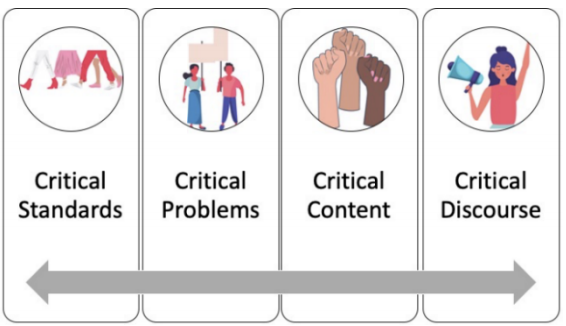
This approach engages learners in the work of social justice while simultaneously engaging them in academic content and skills. The model units at the end of the article provide examples of these four pillars at work.
Some Vermont educators have been engaging their students in another form of PBL: project-based learning with a critical lens.
For example, Edmund’s Middle School teacher Jeremy DeMink engages learners in addressing social inequities through Hands-Joined Learning. Both PBL and C-PBL provide instructional trajectories that lead students to informed action that disrupts inequity.
Remember that what makes it culturally responsive isn’t just criticality, but also the connection to young people’s lives. As Alex Shevrin Venet says,
“Students’ lives are full of rich areas for exploration and real problems to solve. We don’t need to give students fake work that is meaningless in the context of their lives.”
Performance assessments for social justice
A well-designed performance task provides an opportunity for students to practice skills, demonstrate critical understandings, and center their lived experience. In the article Keeping Students at the Center with Culturally Relevant Performance Assessment, researcher Maya Kaul explains outlines two critical components:
- “Put relationships at the center and provide the space for students to share their stories.”
- “Use students’ personal experiences to drive civic and community engagement.”
For example, she describes districts in California where students graduate based on assembling portfolios. This allows students to center their accomplishments. She also points to another model, where the Hawaiian Focused Charter School network has developed a series of capstone projects that each incorporate skills such as research papers and oral presentations deployed to make social impact. Ultimately,
“Such assessments provide a powerful vehicle for understanding students’ cultural identities, not as tangential to their learning, but as essential to their education and critical to their becoming valued contributors who are poised to serve their schools and communities. Historical trauma is reclaimed as a platform to empower individuals as social and political change agents, transforming and restoring the health and well-being to communities.”
School systems should measure what matters. To produce genuinely culturally responsive instruction and assessment, we must intentionally design assessments about and for social justice.
In search of wholeness
Equity is a process, an approach, and a lens for viewing the world and our work as educators. It is about more than equal outcomes. The ultimate goal is that every person is valued as their whole human selves in all spaces.
This blog series on Culturally Responsive Practices has focused on educational spaces. To properly apply CRP, we need all four of the themes. Many of the aspects seem like “good teaching.” But if we leave out teaching about and for social justice, for example, we won’t have the transformative impact that we need.
Similarly, although it’s helpful in some ways to separately consider the learning environment, curriculum, and pedagogy, we must attend to the whole system. Superstar teachers and isolated classrooms aren’t going to bring the transformation we need, either. The practices are powerful but can only be sustained and reach their true potential with systemic support. The inequities and oppression baked into our systems, through aspects that directly contradict CRP like standardized testing and tracking as well as more nuanced obstacles such as compliance culture, must be disrupted and dismantled.
To all the CRP educators whose work provided ideas and examples for this series, we thank you. For educators who are at an earlier stage of your efforts to become culturally responsive, we salute you. Your students deserve it.
This post is the last in a four-part series. In part one we identified four aspects of cultural responsiveness: cultural transparency, an appreciative lens, windows and mirrors, and a focus on social justice. We used these four aspects to explore culturally responsive learning environments in part two . In part three we took a look at culturally responsive curriculum through the lens of the four aspects. The series is co-authored by Jeanie Phillips and Life LeGeros.




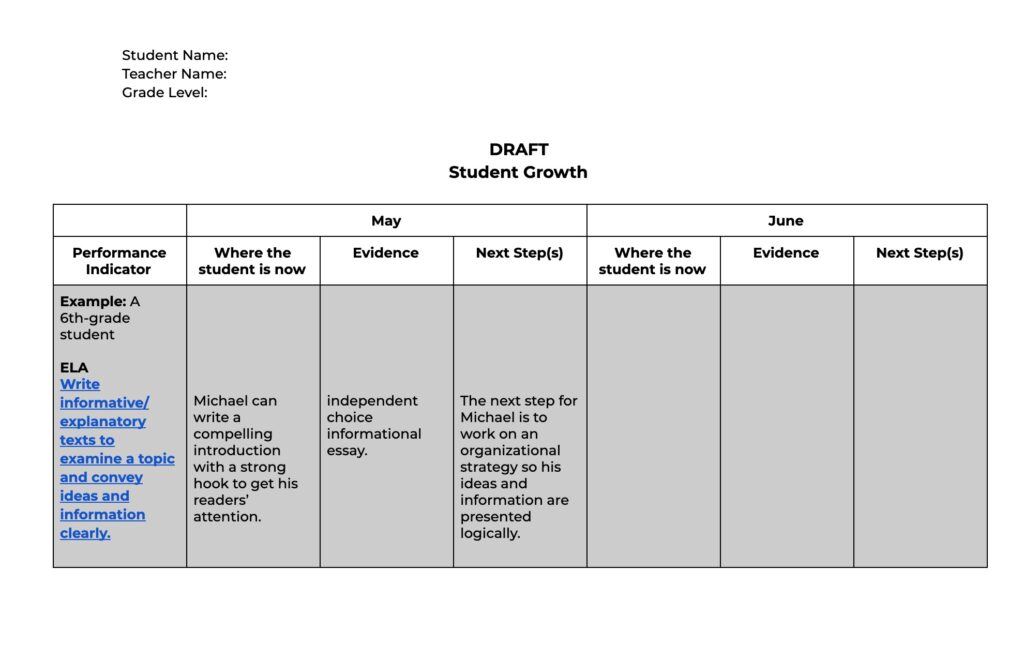
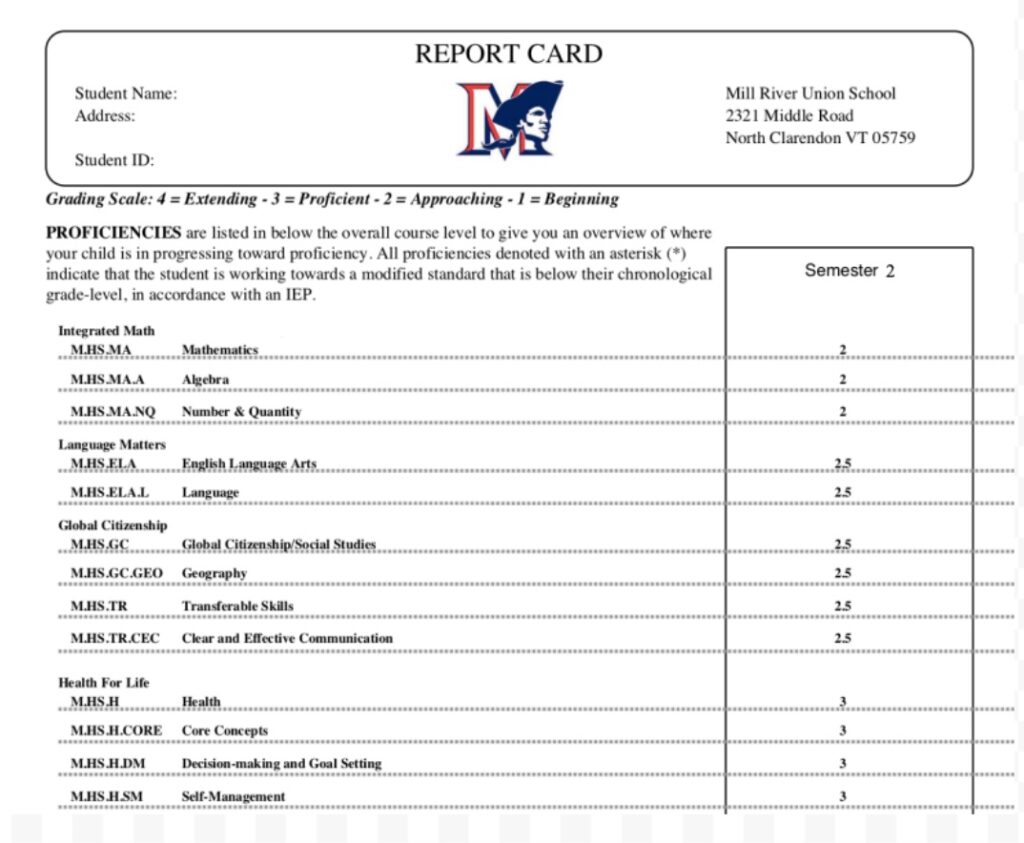
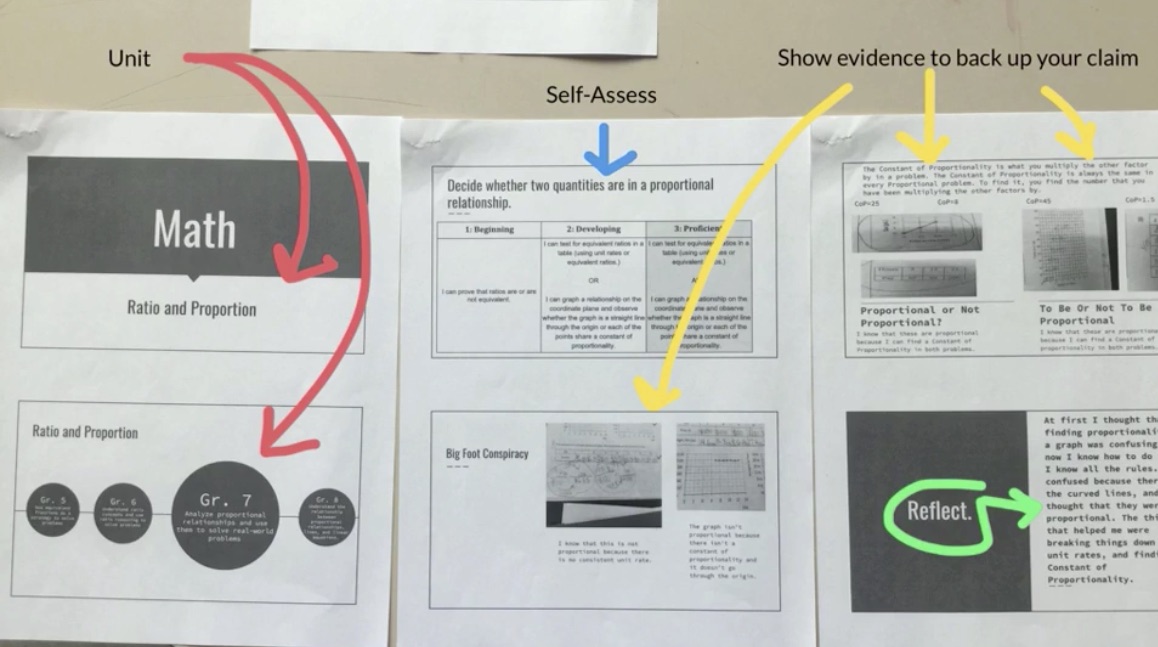


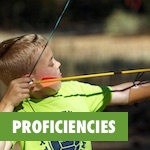 School systems in Vermont and elsewhere are in the midst of a shift to proficiency-based learning. At the early stages, this transformation can feel overwhelming even for educators, even if they’re excited by the idea.
School systems in Vermont and elsewhere are in the midst of a shift to proficiency-based learning. At the early stages, this transformation can feel overwhelming even for educators, even if they’re excited by the idea.